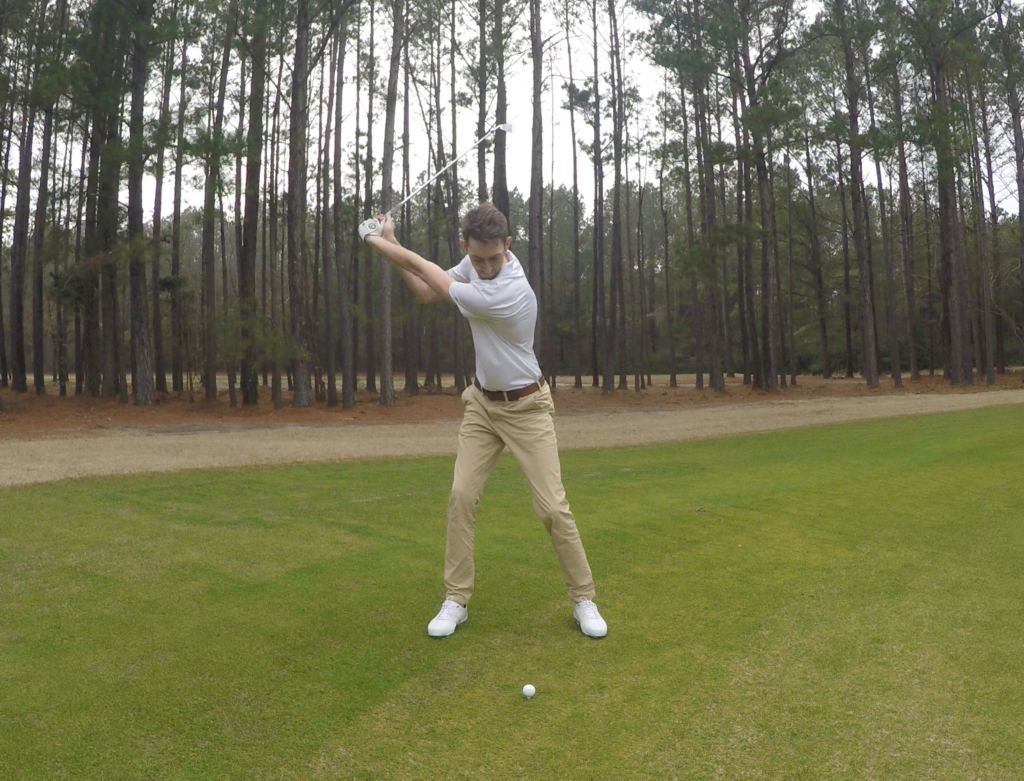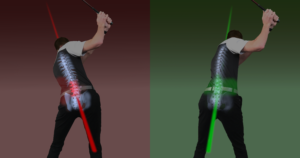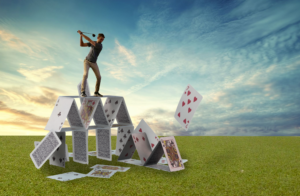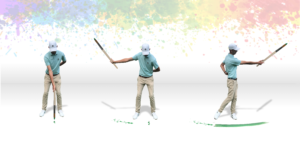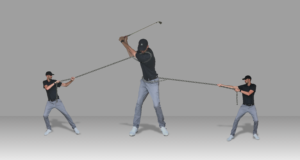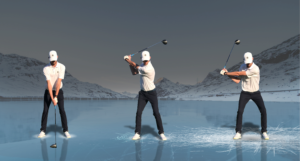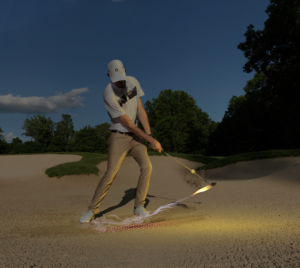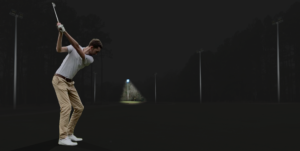Widening, Separating and Loading the Backswing.
Creating power is an essential component of the golf swing. But how important is the role of the backswing when creating power? Here we are going to focus on how widening, separating and loading the backswing can efficiently create load and energy in the body.
When talking about creating power, much emphasis is put on motions related to the downswing, such as lag, firing the lower body and releasing the club. However, the downswing can only work efficiently and effectively if we appropriately load the body correctly in the backswing.
I’m not going to go into too much detail about the club face positions or club plane in this article.
The downswing should, theoretically, be a reaction to the backswing. Therefore it is imperative that we effectively load the body and the club on the way back.
Creating Power by Loading the Bow!
A great image to visualize when loading up the backswing is the mechanics of a bow and arrow. To generate the sufficient ‘load’, we would need to pull the string away from the bow. The greater the separation and width, creates greater potential energy! And it’s this potential energy that fires the arrow so efficiently.
So how do we apply this to a golf swing? We want to imagine the lead side of our body as the bow (fixed position). This acts as a resistance point, which will prevent the body from swaying off the ball.
The hands and arms move way from lead side of the body creating width and separation. This allows the body to load appropriately. This dynamic motion can be visualized as the string getting separated from the bow. Here you should feel much more resistance and load being created in the body.
So we’re going to break the backswing down into two parts:
- Part I: Address → Club Parallel to the Ground
- Part II: Club Parallel → Top of the Swing.
Part I: Address → Lead Arm Parallel to the Ground
This is an important aspect of, not only the backswing but, the swing as a whole. This initial move sets the tempo of the swing and establishes synchronicity between the body, arms and club. Taking the club away low and slow will not only start the swing with a good tempo but initiate the feeling of creating more width and separation between the club and the sternum. A great drill for this is ‘roll the ball’.
Increasing the arc width lengthens the distance for the club to reach the top of the swing which allows more time and space to fully complete the backswing. During this initial motion there will be very little hand and wrist movement.
Keeping the hands and wrists passive will allow the club face to remain neutral throughout Part I of the back swing, and stop the shaft from getting to steep and narrow. This will also help the arms to move in sync with the upper body.
Part II: Lead Arm Parallel to the Ground → Top of the Swing
From this club parallel position we want to ensure that we really load up the body. At this stage of the swing there will be the introduction of wrist hinge. However excessive wrist hinge can cause the club to get too narrow and slow down the rotation of the torso. This will often result in sacrificing load and power.
We want to ensure that the arms continue their separation whilst the body completes it’s rotation. This can help shorten the swing whilst increasing the potential energy build up. Once we feel we cant get any more rotation it’s time to unwind and begin the downswing.
Summary
All players will have differencing range of flexibility and motion, and this will significantly affect the length of backswing. However these motions are designed to help give you an understanding and feel of when the body is sufficiently loaded, no matter what your range of movement is.
Feeling resistance and stretch in the body at the top of the backswing is a sign of potential energy building. This in turn will make the downswing more reactive and simpler. Releasing this energy will allow the club to carry more momentum and inertia through impact, resulting in more power and distance.

